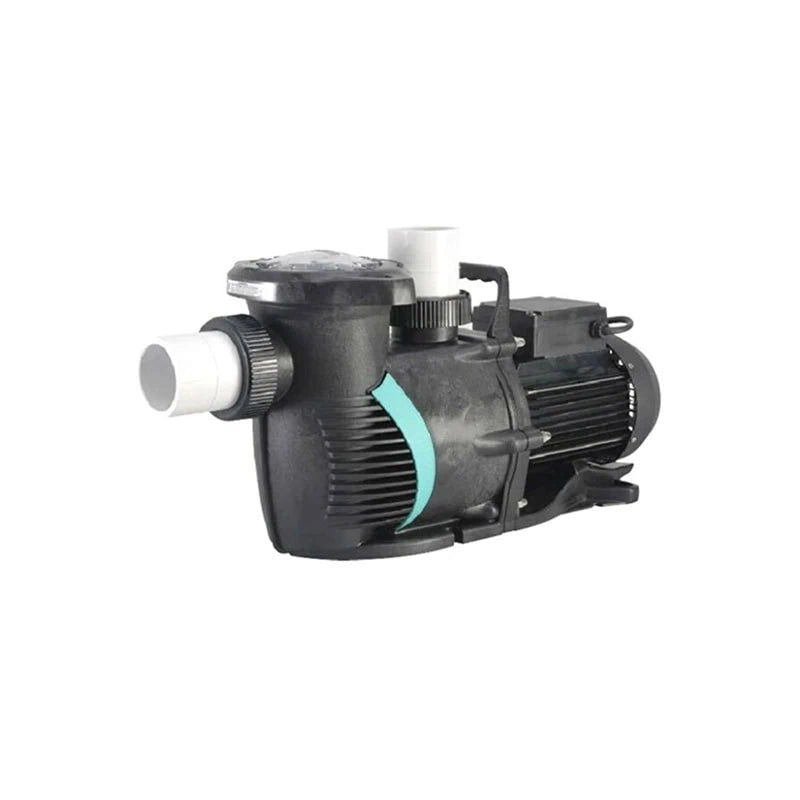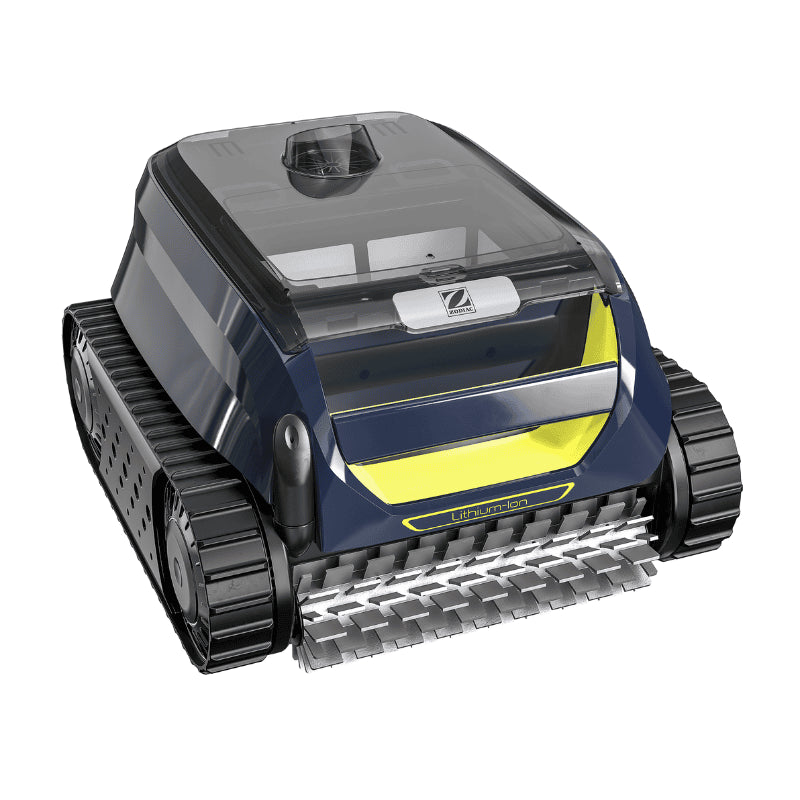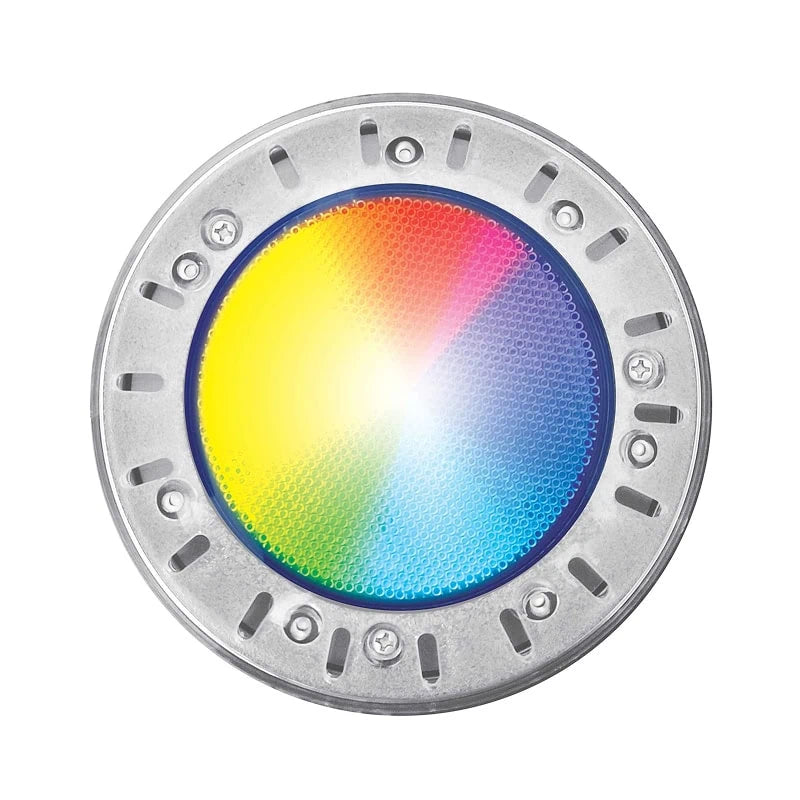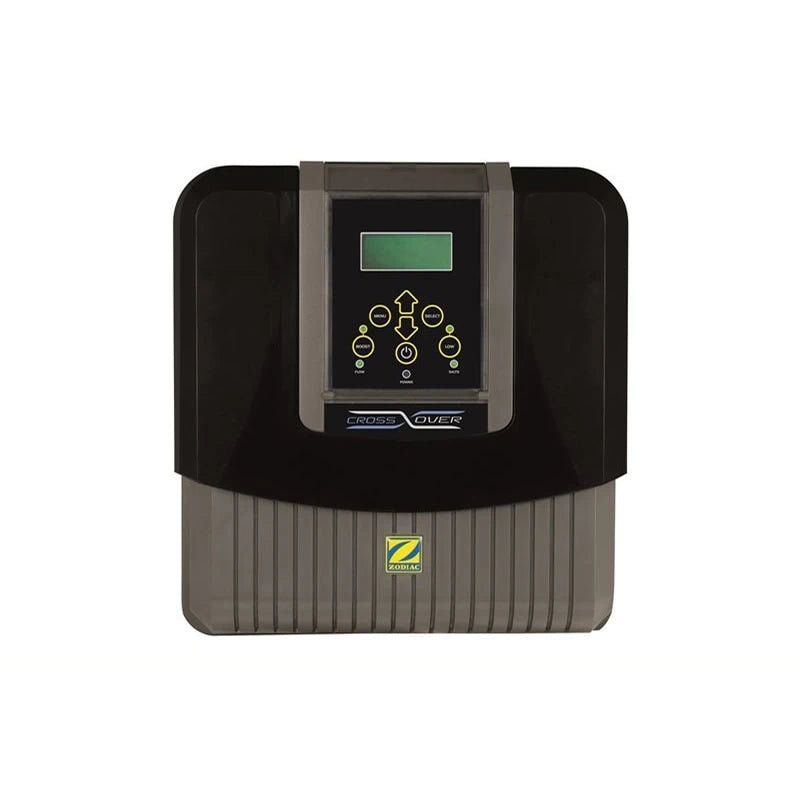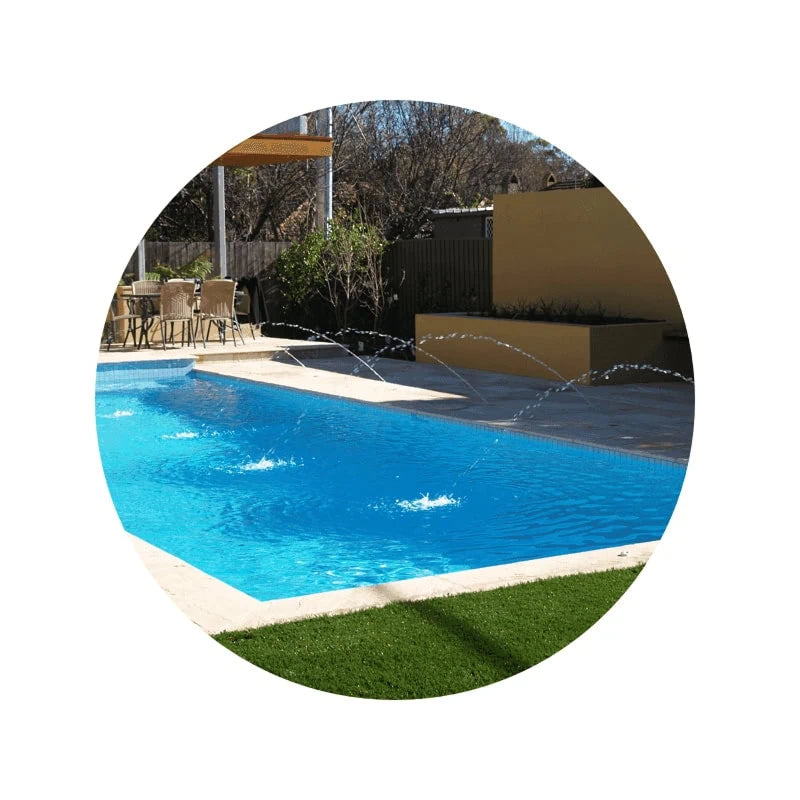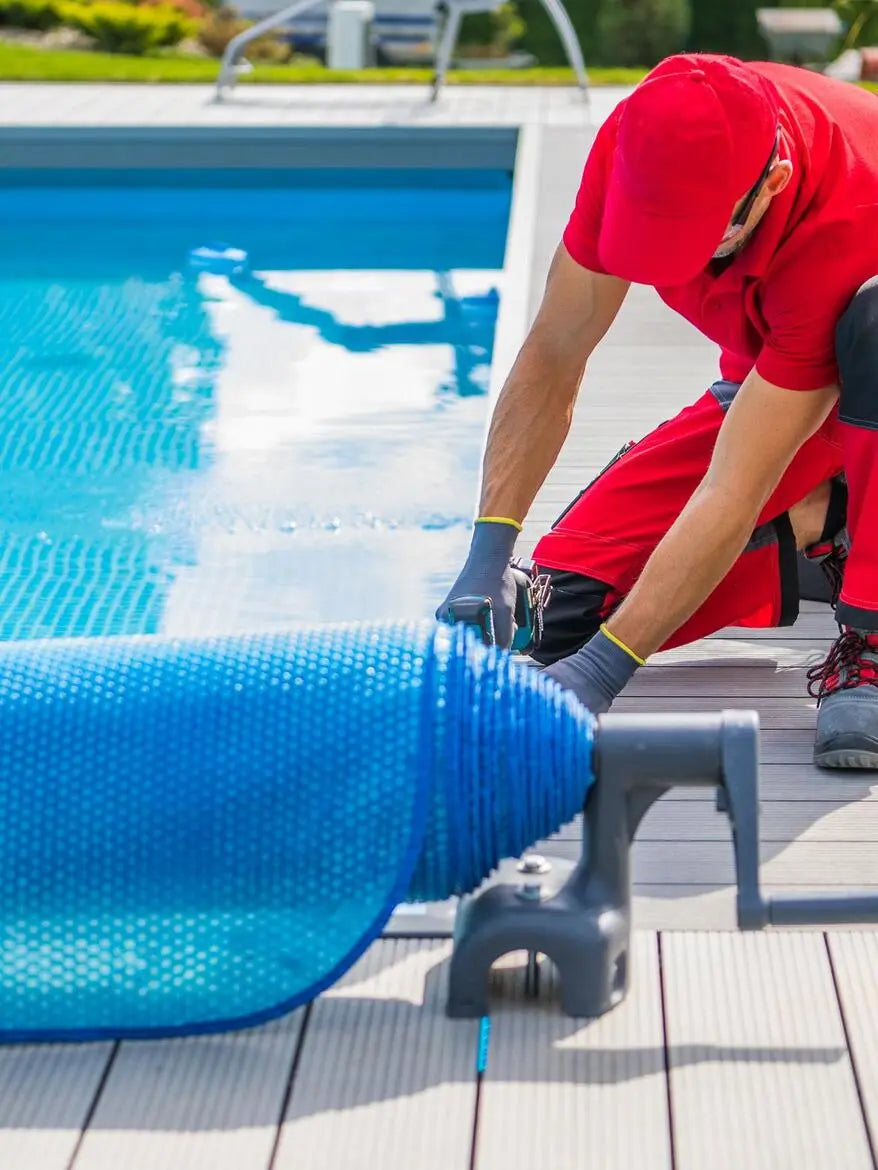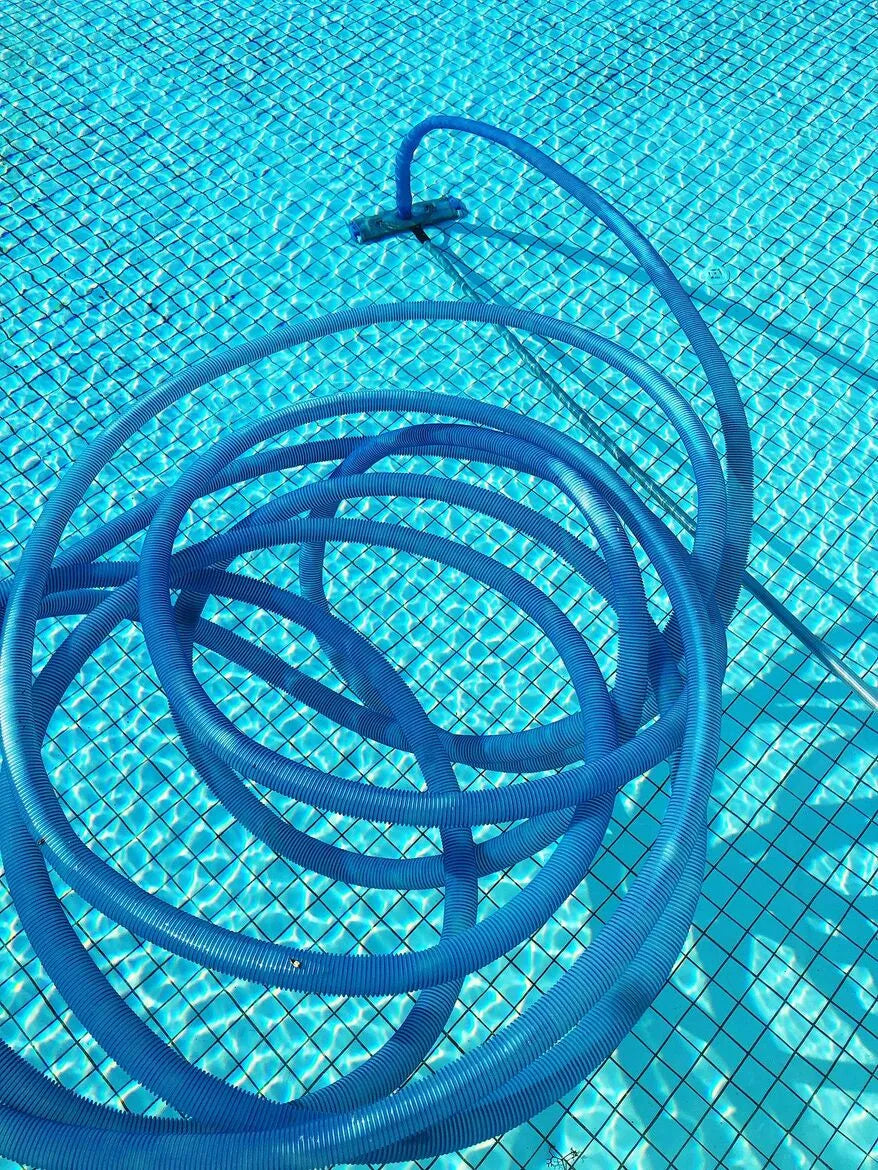Types of Swimming Pool Shells

The three primary types of swimming pool shells are concrete, vinyl liner, and fiberglass. Concrete pools are constructed on-site by spraying concrete over a framework of steel rebar. Vinyl liner pools consist of a metal or plastic wall system covered with a vinyl liner. Fiberglass pools, on the other hand, are factory-molded, one-piece shells that are delivered to the site and set into an excavated hole.
If you’ve already discovered that the shell is the heart of a swimming pool, the next big question is: what kind of shell should you choose? It’s a deceptively simple decision that will shape not just how your pool looks, but how it feels to live with over the next 20–30 years.
Some homeowners make the choice on cost alone. Others fall for glossy brochures. The smart ones? They pause, dig deeper, and weigh up performance, lifespan, and day-to-day upkeep before making the call. That’s what we’ll do here.
The Main Types of Pool Shells
In the world of permanent inground pools, there are really only two true shell types: fibreglass and concrete. (Vinyl pools exist, but they rely on a liner stretched over walls, not a rigid shell, so we’ll park them aside for now.)
Fibreglass Pool Shells
- Factory-built: Pre-moulded, smooth shells delivered in one piece.
- Fast install: Once the hole is dug, a crane can drop it in and you’re swimming within a week.
- Low maintenance: The gelcoat surface is non-porous, which means less scrubbing and fewer chemicals.
💡Expert opinion: Think of fibreglass as the “off-the-shelf” option — limited to catalogue shapes, but engineered to perform consistently. For many families, that balance of speed and reliability is unbeatable.
Concrete Pool Shells
- Built onsite: Excavated, reinforced with steel, and sprayed with shotcrete.
- Fully customisable: Any size, shape, or depth is possible. Infinity edge? Swim-up bar? Concrete delivers.
- Durable, but higher maintenance: The shell itself can last a lifetime, but plaster or pebblecrete finishes need resurfacing every 10–15 years.
💡Expert opinion: Concrete is for homeowners who see the pool as a design statement — something one-of-a-kind. But don’t underestimate the patience (and budget) it demands.
Not sure what a pool shell actually is? Start with our overview: what is a pool shell? Once you’ve got the basics, the comparison of types will make a lot more sense.

Key Differences in Performance & Cost
Here’s where most pool buyers get tripped up: they look at the upfront price and stop there. But shells influence installation time, long-term maintenance, and even chemical bills.
- Installation speed: Fibreglass (days) vs concrete (months).
- Upfront cost: Fibreglass usually cheaper, but large shells + crane hire can add up.
- Lifespan: Both last decades, but fibreglass gelcoat can fade after 20+ years, while concrete requires resurfacing more often.
- Maintenance: Fibreglass resists algae → fewer chemicals. Concrete is porous → higher upkeep.
- Flexibility: Concrete takes the win for design freedom, but fibreglass shells are surprisingly tough and handle ground movement better.
💡Think long-term: the shell you choose will dictate not just the look of your pool, but your Saturday mornings (brushing algae or not) and your chemical bill for years to come.
Want to see how fiberglass stacks up against traditional builds? Here’s our breakdown: fiberglass vs concrete pool shell.
How to Choose the Right Shell for Your Backyard
The right choice depends on more than budget. Consider:
- Backyard space & access: If cranes can’t get in, concrete might be the only option.
- Soil conditions: Fibreglass tolerates ground movement well; concrete may crack if soil isn’t stable.
- Design vision: Want a standard family pool? Fibreglass is perfect. Want a pool shaped like your initials? That’s concrete territory.
- Lifestyle & maintenance tolerance: Some people don’t mind brushing and balancing water every weekend. Others want a pool that just works.
When Fibreglass is the Smart Option
If you want to be swimming this summer (not next year), value lower maintenance, and can find a size/shape in the catalogue that fits your space — fibreglass is usually the smarter move.
It’s not about fibreglass being “better” across the board — it’s about being realistic. For most suburban families, it ticks the boxes: fast, durable, and low-hassle. Concrete is incredible when design freedom matters more than timeline or upkeep, but for everyday practicality, fibreglass has become the go-to.
Types of Swimming Pool Shells: How to Make the Smart Decision
The type of pool shell you choose is the difference between a pool that feels like a joy and one that feels like a chore.
Need help weighing it up? We at Pool Tools can guide you through fibreglass and concrete options so you pick the shell that truly fits your home, budget, and lifestyle.

Pool Tools Team
We’re here to share expert advice, practical tips, and clear guides to help you choose, build, and maintain your pool with confidence. From fibreglass shells to everyday equipment, we make pool care simple.

